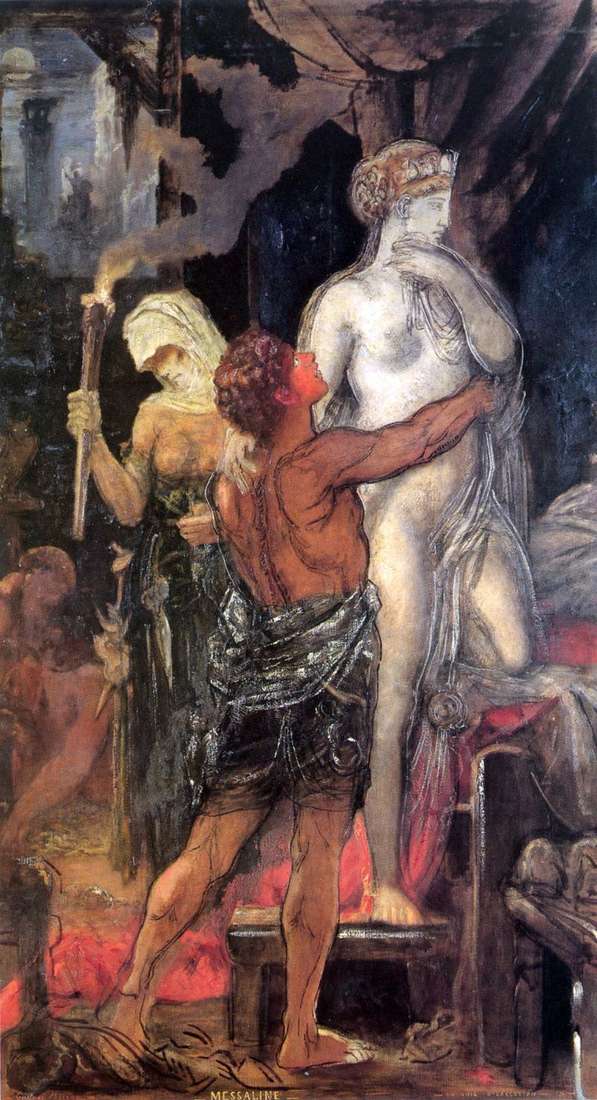
Messallina is the third spouse of Emperor Claudius, the mother of Claudius Octavia and the famous Britannica, a power-hungry and influential Roman, remembered by descendants for her lecherous character. Changing her husband came to lupanarie under the guise of a prostitute to satisfy his lust.
At one time, she competed with the famous Roman prostitute Scylla: who can satisfy more men. Having started such a competition in the evening, Scylla could not continue in the morning, taking 25 men for the night. Messalina was able to do more until she served fifty customers. The genre scene, apparently, plunges us into the atmosphere of the Roman Lupanar. Messalina’s body is cold and beautiful.
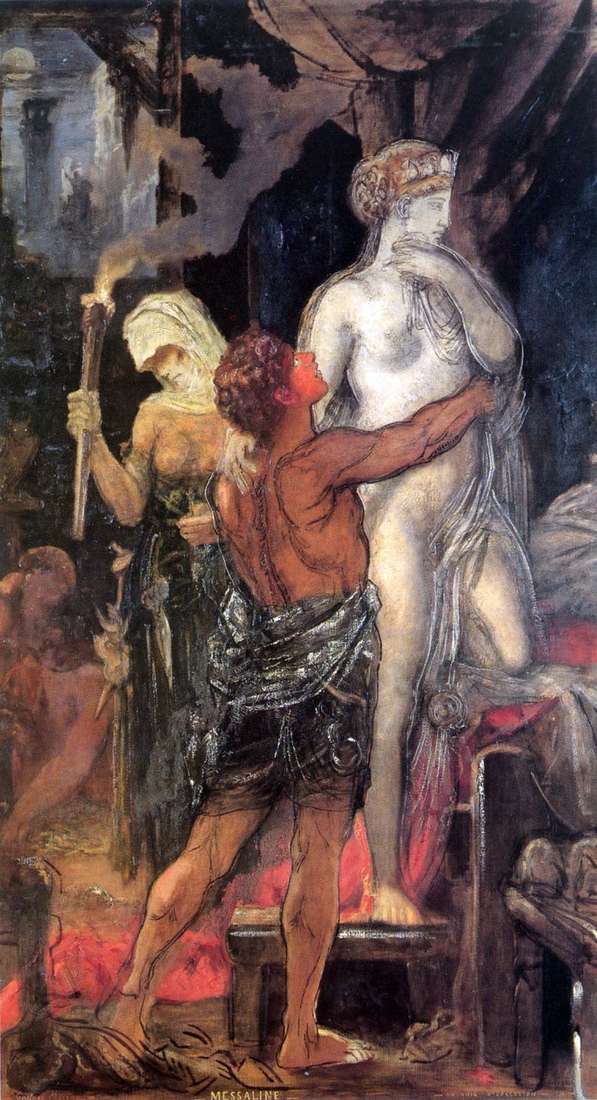 Messalina – Gustave Moreau
Messalina – Gustave Moreau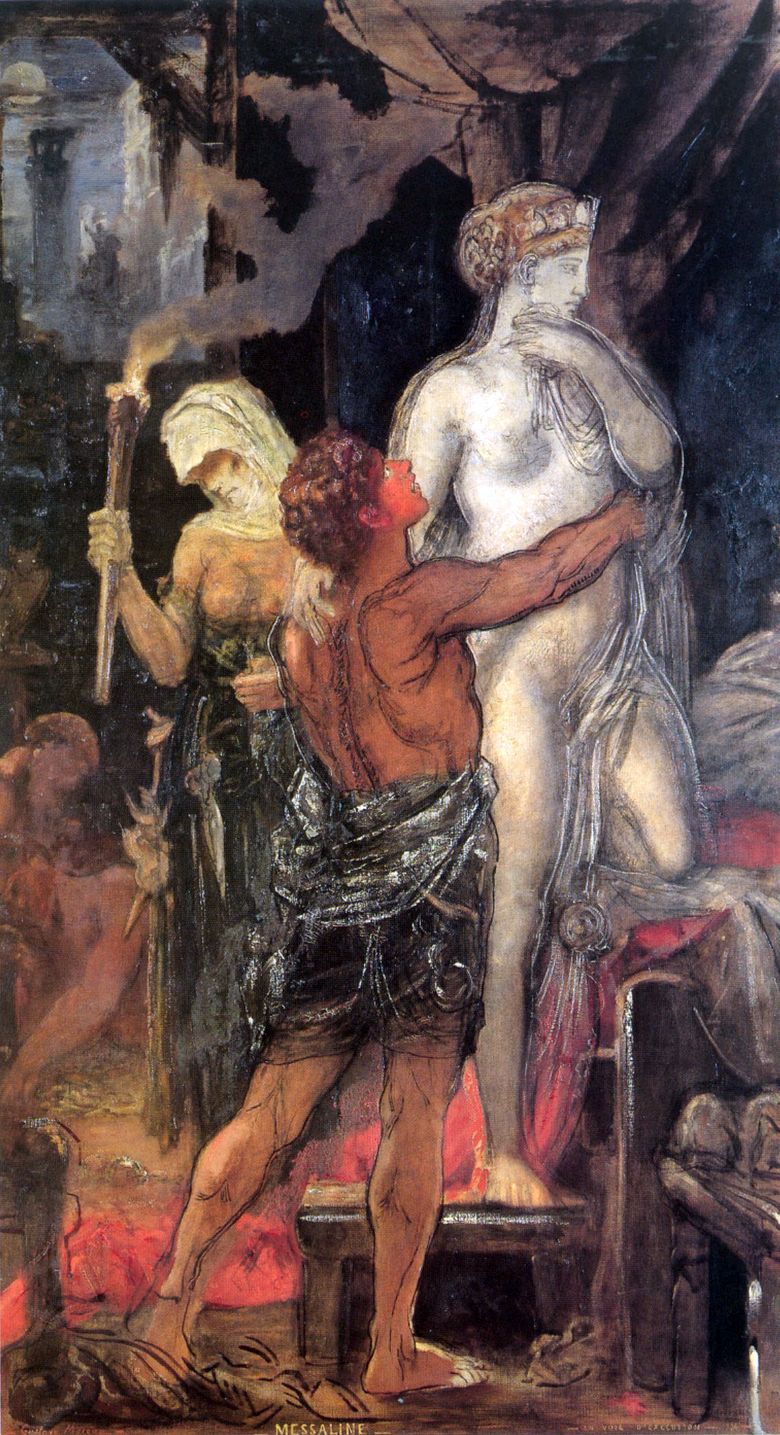 Messaline – Gustave Moreau
Messaline – Gustave Moreau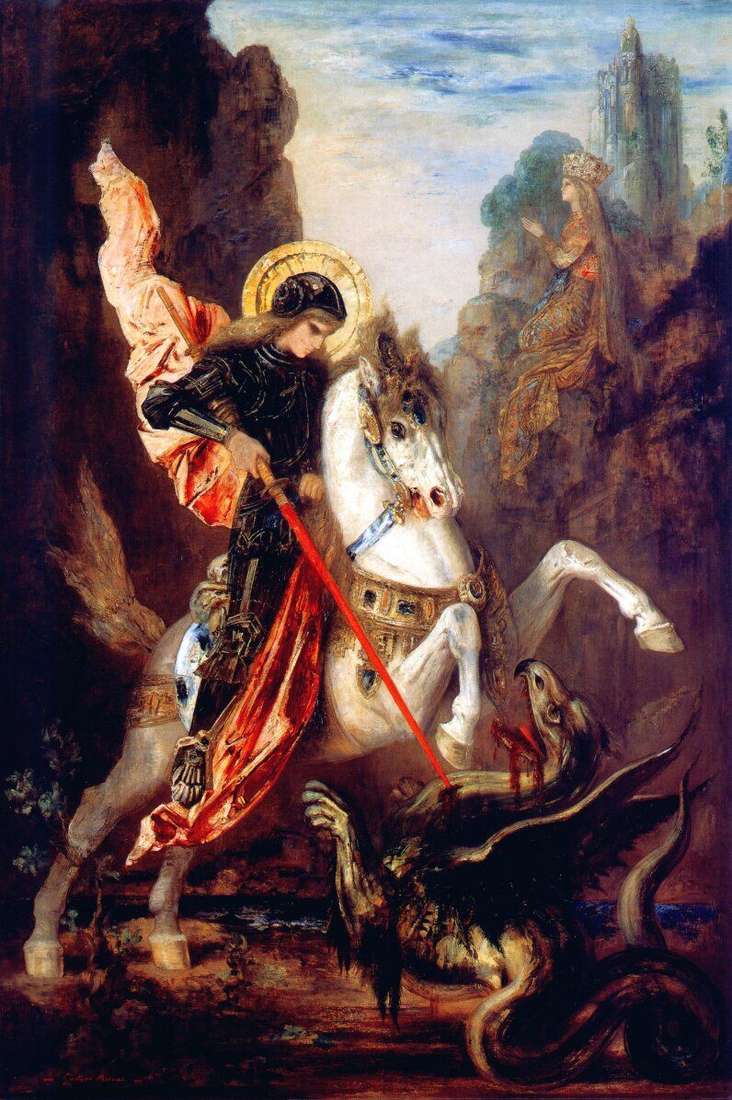 Saint George and the Dragon by Gustave Moreau
Saint George and the Dragon by Gustave Moreau Bathsheba by Gustave Moreau
Bathsheba by Gustave Moreau Unicorns by Gustave Moreau
Unicorns by Gustave Moreau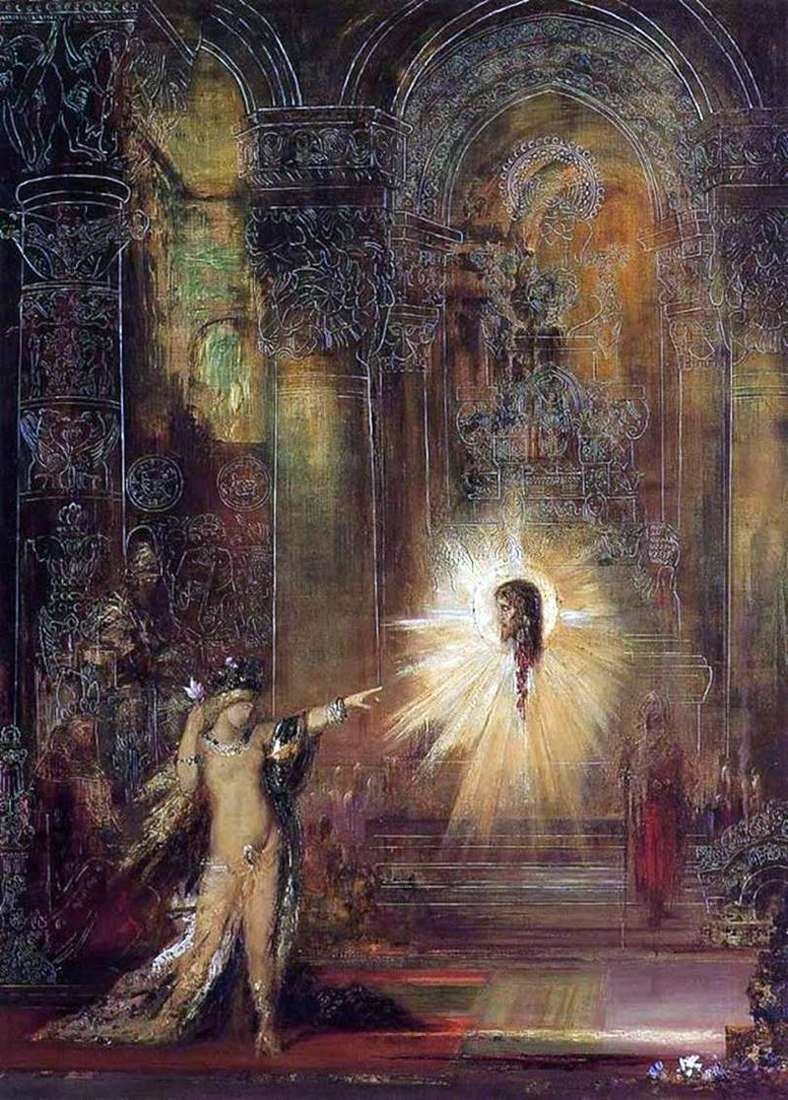 Appearance by Gustave Moreau
Appearance by Gustave Moreau Inspiration by Gustave Moreau
Inspiration by Gustave Moreau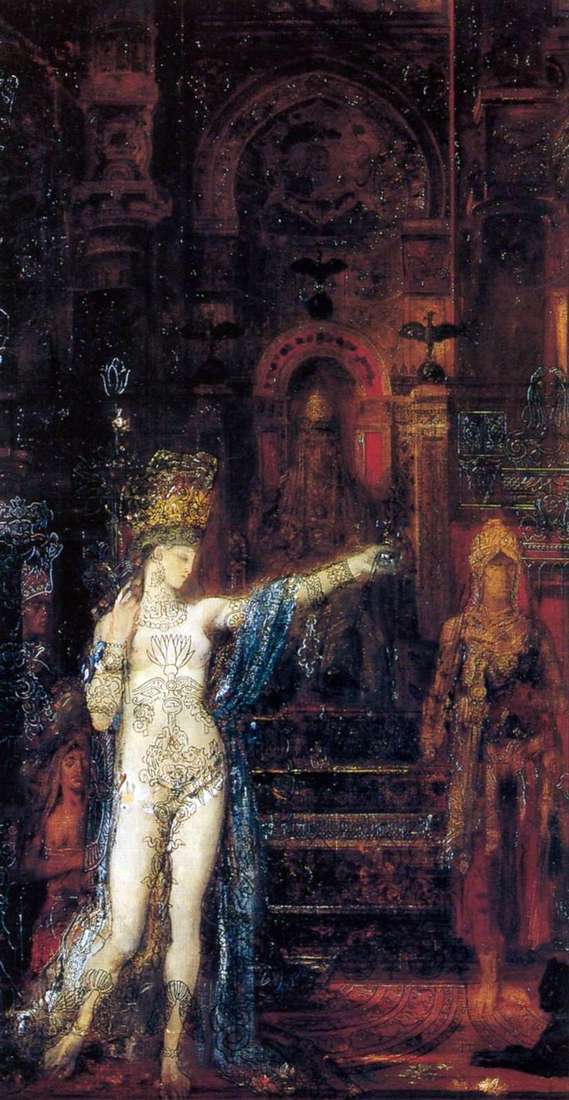 Salome Dancing Before Herod by Gustave Moreau
Salome Dancing Before Herod by Gustave Moreau